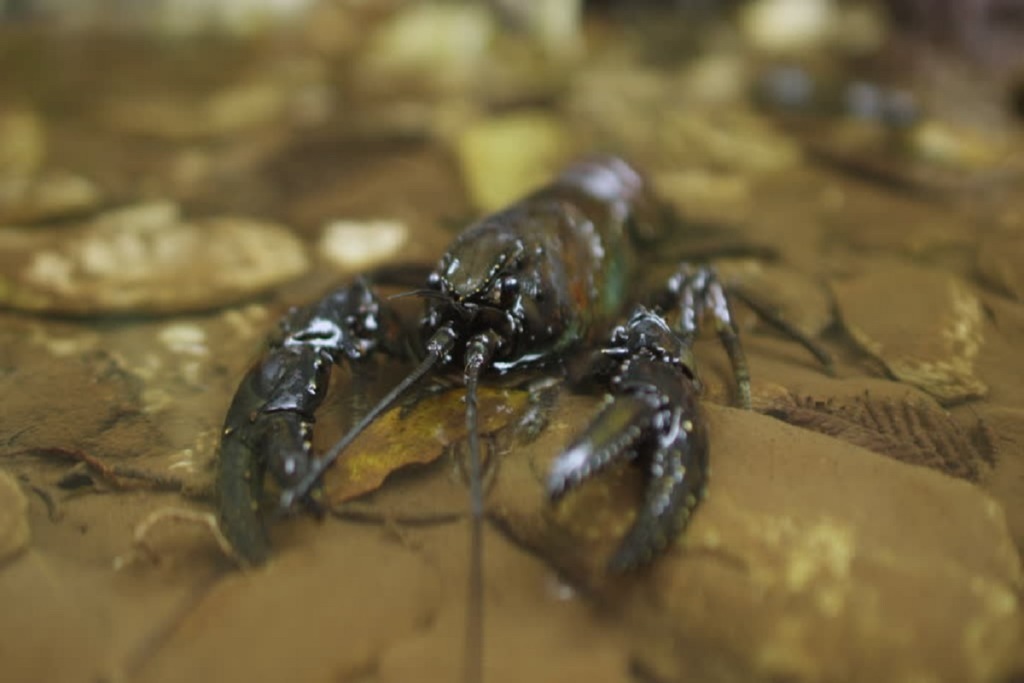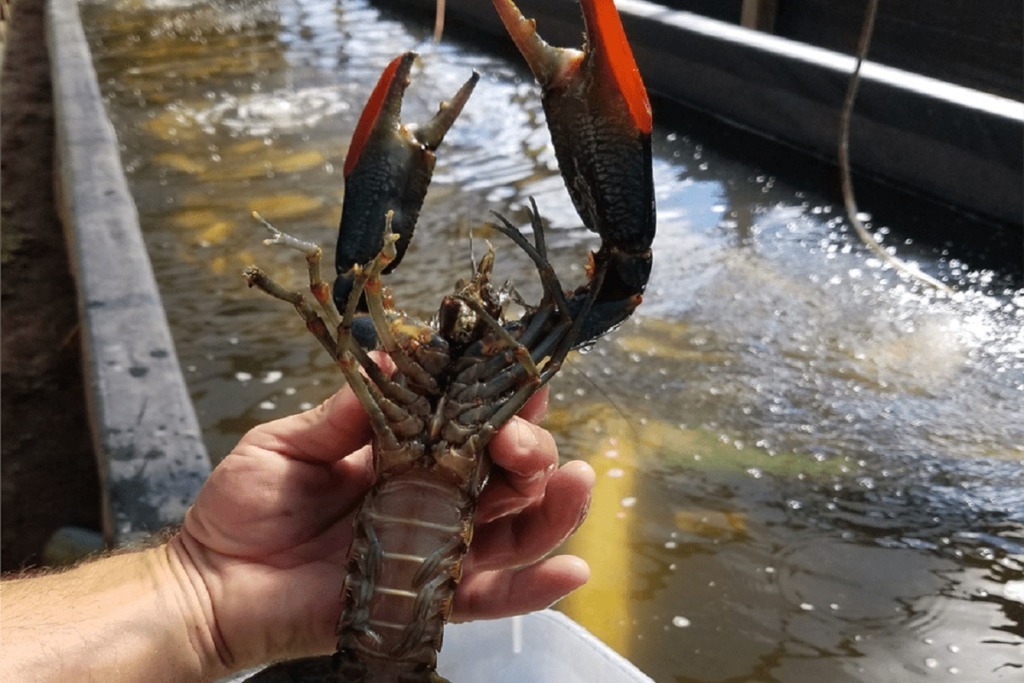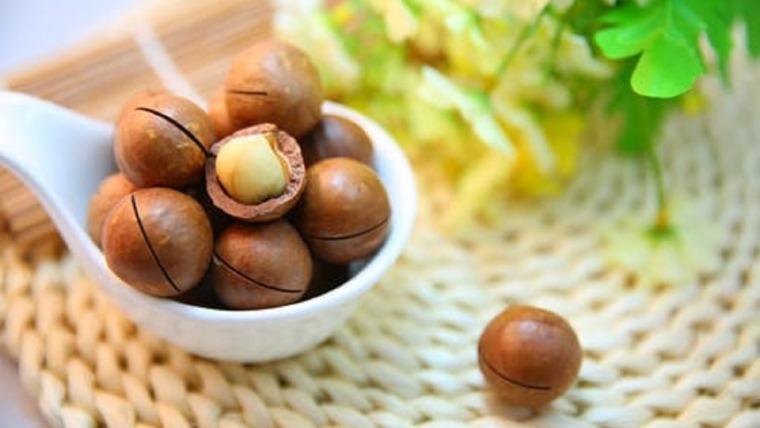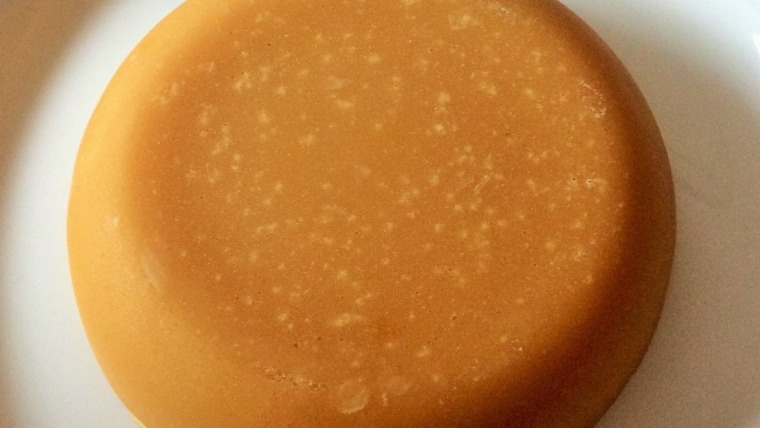
Written by Kevin Kapusi Starow
When you mention the ingredient marron many people instantly think of the French marron or chestnut made popular by the marron glace. Though what we are referring to here is such a world away from that. It is a foodstuff found in Western Australia, and is a seafood product.
In issue 28 on June 2020, we featured Chestnuts so I wanted to make a clear distinction between the two ingredients, as many people, understandably get confused.
Marron is a seafood product closely related to the crayfish, originating in Western Australia though now, have been farmed out to other areas such as Kangaroo Island in South Australia. The Marron is the largest crayfish found in Western Australia and the third largest worldwide, growing to a length of approximately 38cm. In colour they range from jet black through to cobalt blue, and even red.
The marron is a freshwater crayfish, and there are two main varieties the smooth and the hairy (I am sure there are more scientific names, though these are easier to remember), though the hairy marron are restricted due to dwindling numbers.
Marrons are found predominantly in rivers though farms have cropped up due to their popularity, where they raise the marron in pools or large dams. They prefer well shaded areas along riverbanks with plenty of things to hide amongst such as tree branches.
History (Marron An Aussie Delicacy)
Marrons have been a traditional part of the indigenous people’s diet of that region, dating back to pre any recorded histories. Once white man settlement began, they too began fishing for Marron as a food source. Though commercial fishing of the marron was banned in the 1950’s.
It was not until Farming of the marron was established in 1972, north of Perth in Lancelin that the industry began to develop and thrive. To the degree that it is now estimated that in excess of 60 tonnes per annum are produced for sale.
In South Australia they are regarded as a pest due to their ability to survive out of water for up to a week, allowing them to travel on land and migrate to natural waterways. As many farmers have manually introduced them into their dams as an extra source of income.

For Cooking (Marron An Aussie Delicacy)
Marrons are delicious, they are a true luxury for the tastebuds, just imagine crayfish or lobster without the salty seafood taste or aroma. So what your are getting is a clean tasting meat, which many have described as being sweeter that the aforementioned seafood products.
There are many ways to prepare marrons, you can follow pretty much any recipe for crayfish or lobster and insert the marron in there instead, it will work perfectly.
Just remember, I personally feel the marron meat has a much more delicate flavour, so care needs to be taken when matching sauces or garnishes with and dish including this product.
My favourite is grilled marron on an open grill such as a BBQ, with a chimichurri on the side, and a selection of crisp salads to accompany. Though there is no reason not to use the meat in soups during winter, such as broths or bouillabaisse, which will blow your mind.
Marrons have grown in popularity throughout Australia, being used in more and more restaurants. Though this is restricted by the high price tag, due in part to scarcity and transportation costs.
Personally, I feel the marron is as yet a largely unknown luxury product on the world stage, this may happen at some stage, it may not though when it does my prediction is production will need to increase exponentially to keep pace with the demand.
Restaurants around the world will have marron on the menu finding new and interesting ways to utilise this amazing product from appetizers through to main courses, soups, and grazing platters. Perhaps we will even see a marron sushi or sashimi dish dedicated to the original peoples of the nations of Western Australia, where the marron originated from.
Health Benefits (Marron An Aussie Delicacy)
As with all crustaceans, which is the classification the marron falls into, they are high in Omega 3 fatty acids.
More importantly they are plentiful in good mono and poly unsaturated fats, they are high in protein and have beneficial minerals such as zinc, copper, iron and magnesium.
Again, for me this is an added benefit, it is the taste and texture that draws me to prefer the marron over other seafoods.


